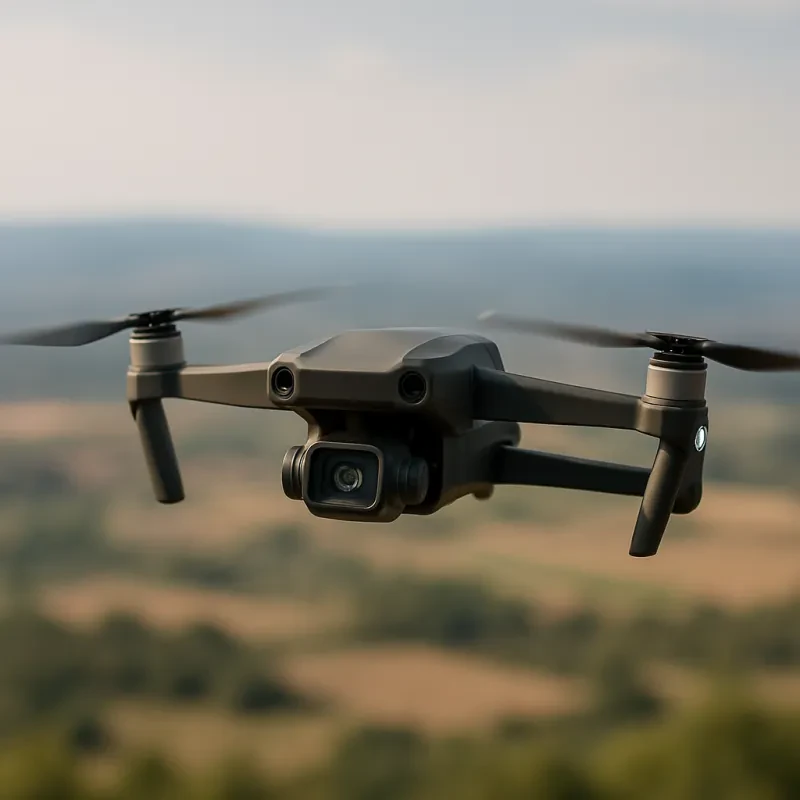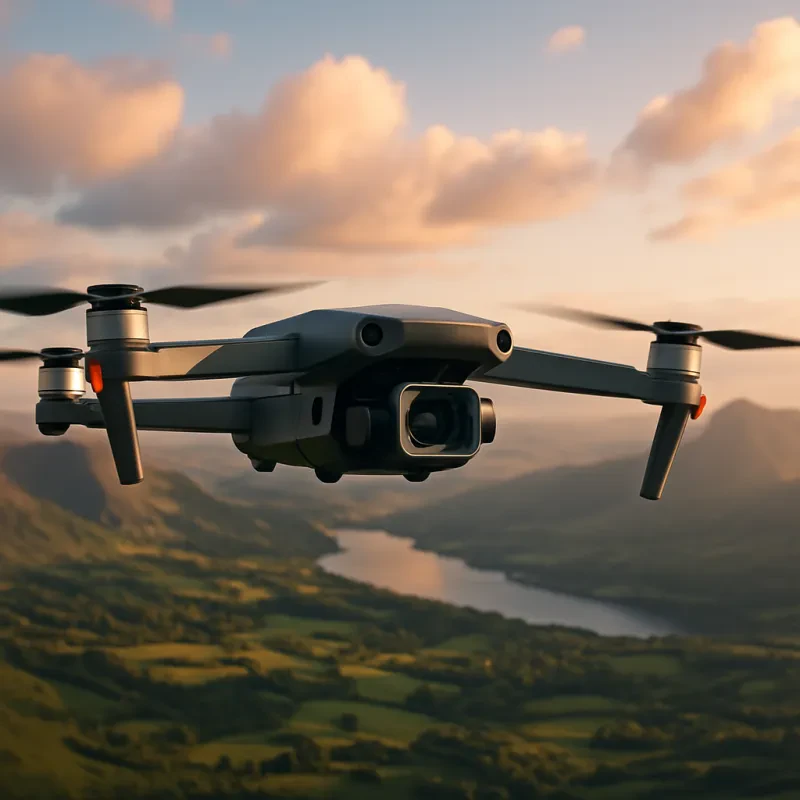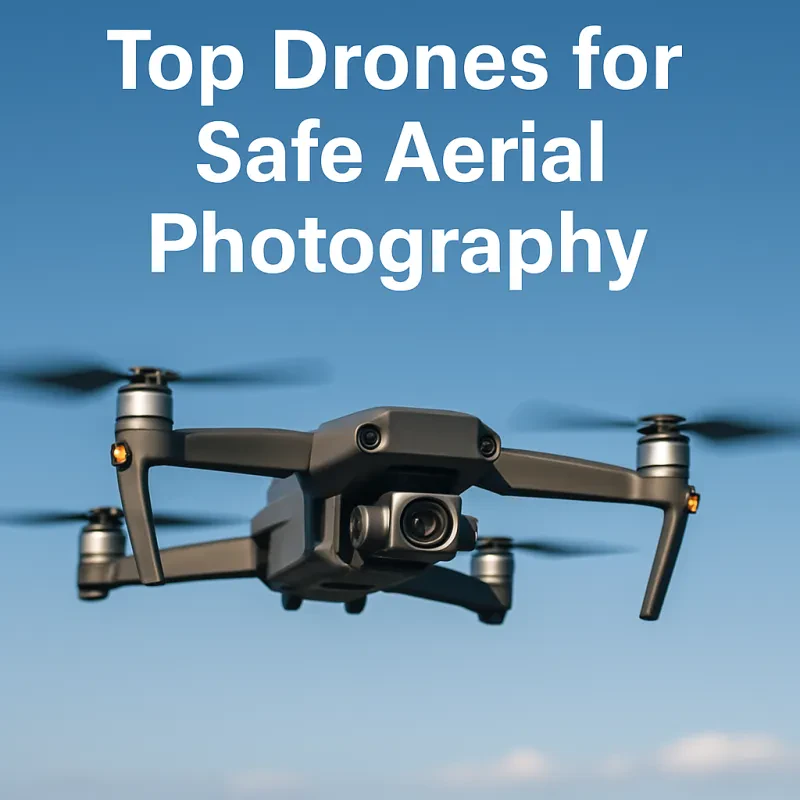Drone racing is an exhilarating new sport that has been gaining popularity in recent years. In drone racing, pilots fly small quadcopter drones through obstacle courses at high speeds, using remote controls to maneuver through gates, loops, and other challenges. The drones are equipped with cameras that provide a live feed to the pilot, allowing them to see exactly what the drone sees as they navigate the course.
Drone racing is a high-speed, high-adrenaline sport that requires skill, precision, and strategy. Pilots must not only have excellent hand-eye coordination to navigate the course, but also a deep understanding of the capabilities of their drones and the best techniques for flying them. Races can take place indoors or outdoors, and can vary in complexity from simple straight-line races to intricate, multi-level courses with twists and turns that test even the most experienced pilots.
One of the most exciting aspects of drone racing is the community that surrounds it. Pilots often form teams and compete in leagues and tournaments around the world, pushing themselves to improve their skills and achieve faster lap times. Many races are livestreamed online, allowing viewers to watch the action in real time and cheer on their favorite pilots. With its blend of technology, competition, and sheer excitement, drone racing is a sport that is sure to continue growing in popularity in the years to come.
How to Get Started
So you're ready to dive into the exciting world of drone racing? Congratulations! It's a thrilling and fast-paced sport that will push your piloting skills to the limits. But before you can start zipping through obstacle courses and competing against other pilots, there are a few things you need to know to get started.
First things first, you'll need to get yourself a racing drone. These drones are specifically designed for speed and agility, with powerful motors and lightweight frames. There are plenty of options available on the market, ranging from ready-to-fly models to DIY kits for those who enjoy building their own drones.
Next, it's essential to learn the basics of piloting a drone. Practice flying in an open space, away from people and buildings, to get a feel for how your drone responds to your commands. Start with simple maneuvers like hovering, flying in a straight line, and making turns before moving on to more advanced techniques like loops and rolls.
Once you feel comfortable flying your drone, it's time to find a local drone racing club or league to join. Racing with others is a great way to improve your skills, learn from more experienced pilots, and make new friends who share your passion for flying. Most clubs hold regular races and events where you can put your skills to the test and see how you stack up against the competition.
Essential Equipment Needed
When it comes to getting started in the exciting world of drone racing, having the right equipment is essential. Here are the key pieces of gear every beginner should have in their arsenal:
Racing Drone
The most important piece of equipment for drone racing is, of course, the drone itself. Look for a durable, lightweight frame with powerful motors and a reliable controller. Beginner-friendly options like the Emax Tinyhawk or the BetaFPV FPV Whoop are great choices to start with.
FPV Goggles
To truly experience the thrill of drone racing, you'll need a pair of FPV (First Person View) goggles. These goggles allow you to see exactly what your drone sees in real-time, providing an immersive racing experience. Popular options include the Fat Shark Dominator V3 or the DJI FPV Goggles.
Controller
A quality controller is crucial for precise control of your drone during races. Look for a controller with responsive sticks and ergonomic design, such as the FrSky Taranis X9D Plus or the Radiomaster TX16S.
Batteries and Charger
Don't forget to stock up on extra batteries for your drone, as racing can quickly drain them. A good charger is also essential to keep your batteries charged and ready to go for your next race. Look for high-capacity LiPo batteries and a reliable charger like the ISDT D2 Smart Balance Charger.
Tips for Success
1. Practice regularly: Like any skill, drone racing takes practice to master. Set aside time each week to practice flying your drone, navigating obstacles, and improving your speed and agility.
2. Start slow: Don't try to tackle the most difficult courses or maneuvers right away. Start with simple courses and gradually work your way up to more challenging ones as you build your skills and confidence.
3. Learn from others: Join a drone racing community or club to connect with other racers, learn tips and tricks, and get advice on equipment and training. Watching experienced racers in action can also help you improve your own skills.
4. Invest in quality equipment: While you don't need to break the bank on your first drone, investing in a quality racing drone and controller can make a big difference in your performance. Look for models with good speed, agility, and durability.


